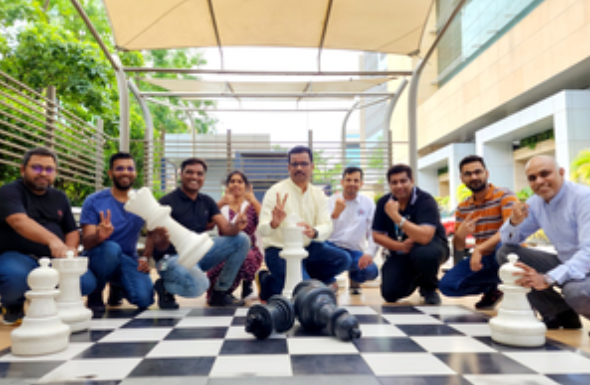Technology
SRI-Bangalore democratising Galaxy AI in India

New Delhi, July 1
As the development of Galaxy AI involved multiple R&D teams working across cultures and borders, Samsung R&D Institute India-Bangalore (SRI-B), the company's largest R&D centre outside South Korea, collaborated with teams globally to develop artificial intelligence (AI) language models for Indian, British and Australian English as well as Thai, Vietnamese and Indonesian, the company said on Monday.
Recently, core engineers from other Samsung Research centres visited Bangalore where the SRI-B team helped ramp up the technology to bring Vietnamese, Thai and Indonesian to Galaxy AI.
“Every language has its challenges. But when you consider the end goal of bringing people to communicate in other languages, it’s worth every ounce of effort. We couldn’t wait to bring Hindi to Galaxy AI," said Giridhar Jakki, Head of Language AI at SRI-B.
SRI-B developed the Hindi language for Galaxy AI. According to the company, developing the Hindi AI model "wasn’t simple".
The team had to ensure over 20 regional dialects, tonal inflections, punctuation and colloquialisms were covered.
"Hindi has a complex phonetic structure that includes retroflex sounds -- sounds made by curling the tongue back in the mouth -- which are not present in many other languages," said Jakki.
"To build the speech synthesis element of the AI solution, we carefully reviewed data with native linguists to understand all the unique sounds and created a special set of phenomes to support specific dialects of the language," he added.
Moreover, the company mentioned that the collaborative efforts between Samsung and academic partners were instrumental in developing the AI language model.
The Vellore Institute of Technology (VIT) helped secure almost a million lines of segmented and curated audio data on conversational speech, words and commands.
Galaxy AI now supports 16 languages, allowing more people to enhance their language capabilities. Users can now access on-device translation in features such as Live Translate, Interpreter, Note Assist, and Browsing Assist, even when offline.



































